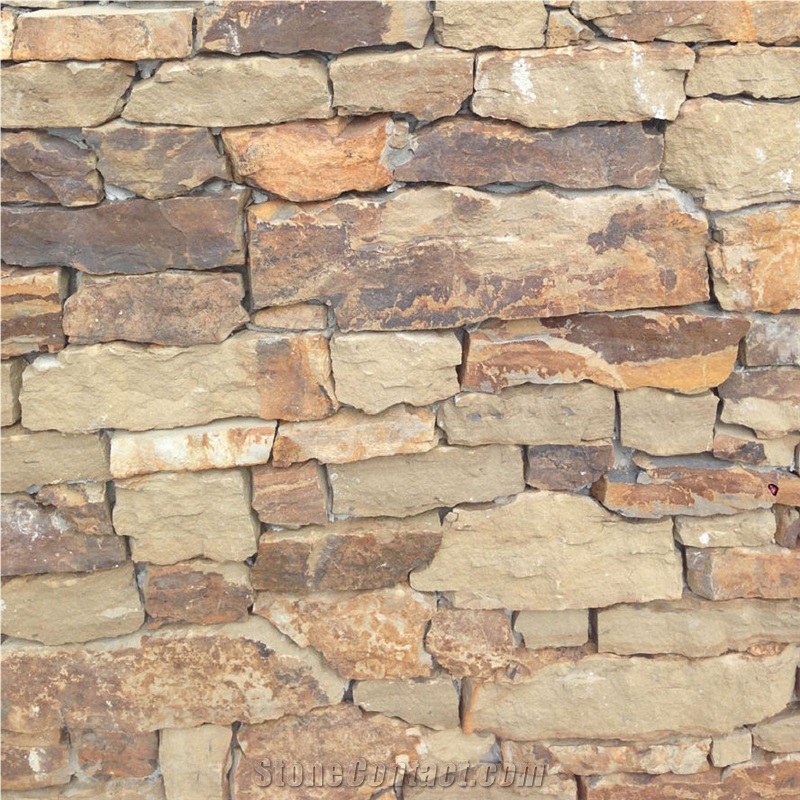Can United States's Beaver Mountain Stone Sandstone be used exterior applications in cold climates?
Beaver Mountain Stone Sandstone is a type of sandstone commonly used for various exterior applications, including in cold climates. Sandstone is known for its durability and ability to withstand weathering, making it suitable for outdoor use. However, specific considerations should be taken into account when using sandstone in cold climates.
Sandstone itself is generally frost-resistant, meaning it can endure freezing temperatures without significant damage. However, the installation and maintenance of sandstone in cold climates are crucial to ensure its longevity.
1. Freeze-Thaw Cycle: One of the concerns in cold climates is the freeze-thaw cycle. Water can penetrate the pores of the sandstone, freeze, and expand, potentially causing cracking or spalling. To prevent this, ensure that the sandstone is properly sealed or treated to minimize water absorption.
2. Moisture Management: Proper moisture management is critical to ensure a sandstones durability in cold weather. Proper installation techniques, such as creating a suitable drainage system and using proper flashing and waterproofing measures, are essential to prevent water infiltration behind the stone.
3. Salt and De-Icing Chemicals: In cold climates, salt and de-icing chemicals are often used to melt ice and snow. These substances can be corrosive to sandstone and may cause staining or long-term damage. Its important to use a sealant that offers protection against salt and chemicals, and to clean the sandstone regularly to remove any residue.
4. Thermal Expansion: Extreme temperature fluctuations can cause thermal expansion and contraction in sandstone. This can stress the stone, leading to potential cracking or movement. Using a skilled and experienced masonry contractor who understands these issues and employs proper installation techniques can help mitigate these risks.
In conclusion, United Statess Beaver Mountain Stone Sandstone can be used in exterior applications in cold climates, but certain precautions must be taken. Ensuring proper sealing, moisture management, protection against salt and de-icing chemicals, and skilled installation are vital for the sandstones longevity in such environments. Consulting with a professional stone mason or architect experienced in working with sandstone in cold climates is recommended for best results.
Beaver Mountain Stone Sandstone is a type of sandstone commonly used for various exterior applications, including in cold climates. Sandstone is known for its durability and ability to withstand weathering, making it suitable for outdoor use. However, specific considerations should be taken into account when using sandstone in cold climates.
Sandstone itself is generally frost-resistant, meaning it can endure freezing temperatures without significant damage. However, the installation and maintenance of sandstone in cold climates are crucial to ensure its longevity.
1. Freeze-Thaw Cycle: One of the concerns in cold climates is the freeze-thaw cycle. Water can penetrate the pores of the sandstone, freeze, and expand, potentially causing cracking or spalling. To prevent this, ensure that the sandstone is properly sealed or treated to minimize water absorption.
2. Moisture Management: Proper moisture management is critical to ensure a sandstones durability in cold weather. Proper installation techniques, such as creating a suitable drainage system and using proper flashing and waterproofing measures, are essential to prevent water infiltration behind the stone.
3. Salt and De-Icing Chemicals: In cold climates, salt and de-icing chemicals are often used to melt ice and snow. These substances can be corrosive to sandstone and may cause staining or long-term damage. Its important to use a sealant that offers protection against salt and chemicals, and to clean the sandstone regularly to remove any residue.
4. Thermal Expansion: Extreme temperature fluctuations can cause thermal expansion and contraction in sandstone. This can stress the stone, leading to potential cracking or movement. Using a skilled and experienced masonry contractor who understands these issues and employs proper installation techniques can help mitigate these risks.
In conclusion, United Statess Beaver Mountain Stone Sandstone can be used in exterior applications in cold climates, but certain precautions must be taken. Ensuring proper sealing, moisture management, protection against salt and de-icing chemicals, and skilled installation are vital for the sandstones longevity in such environments. Consulting with a professional stone mason or architect experienced in working with sandstone in cold climates is recommended for best results.
 United States
(Arizona )
United States
(Arizona )















